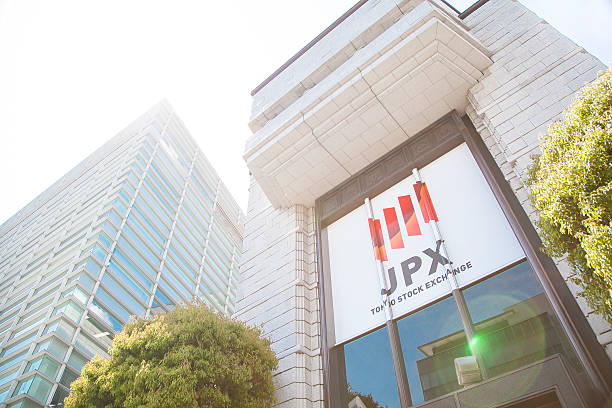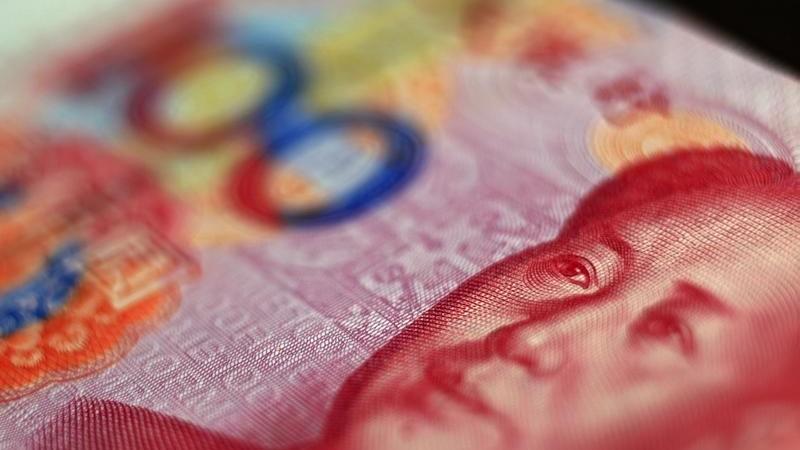Most Asian currencies moved little on Tuesday, while the dollar retained recent gains as caution kicked in ahead of a Federal Reserve meeting this week, with any signals on U.S. monetary policy squarely in focus. But most Asian units were set for strong gains in January amid expectations that the Fed will slow its pace of interest rate hikes in the coming months. Risk-heavy Southeast Asian currencies were the best performers through January, with the Thai baht leading gains among its peers with an over 5% jump. The Chinese yuan took little support from data that showed Chinese business activity rebounded in January after the country relaxed most anti-COVID measures. The yuan fell 0.1%, but remained close to a near seven-month high against the dollar, and was set to gain over 2% in January. The positive Chinese data still indicates that Asia’s largest economy is on the path toward recovery, which could bode well for the region this year. The Japanese yen was among the better performers for the day, rising 0.2% after data showed that retail sales rose more than expected in December, while local factories also cut output slightly. Expectations of more hawkish moves from the Bank of Japan put the yen on course for a 0.7% rise in January.

Broader Asian Currencies Moved Little.
while the dollar steadied against a basket of currencies in anticipation of the Fed meeting. While the central bank is widely expected to hike interest rates by 25 basis points on Wednesday, investors are fearful of a more hawkish than expected outlook, especially as recent economic data showed that the Fed has enough headroom to keep raising interest rates. U.S. inflation is also trending well above the Fed’s target range, despite retreating in recent months. The dollar index and dollar index futures steadied above 102, after recovering sharply from a near eight-month low hit earlier in January. But the greenback was still set to lose over 1% in January. The Australian dollar was the worst performer for the day, down 0.4% after data showed that the country’s retail sales slumped far more than expected in December. The reading highlights the growing pressure on the Australian economy from high interest rates and rising inflation, and could force the Reserve Bank into softening its pace of rate hikes.













